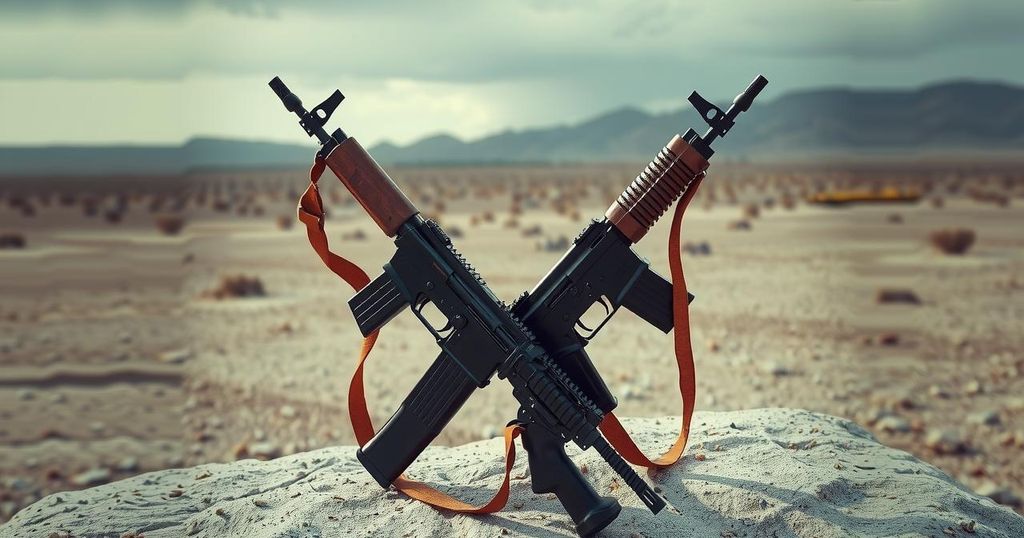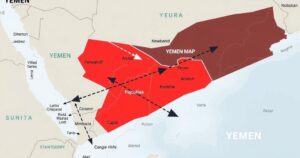The Disappearing Act: Analyzing North Korean Soldiers in Ukraine Conflict

North Korean troops fighting for Russia near Ukraine have largely disappeared from the battlefield after high casualties. Reports suggest that while they are better armed than Russian forces, they lack combat experience and have faced significant losses. Recent captures of North Korean POWs by Ukraine indicate complex dynamics surrounding the morale and implications of these soldiers in the ongoing conflict.
After intense coverage of North Koreans fighting alongside Russian forces in Ukraine, recent reports indicate their notable absence from the battlefield. Colonel Oleksandr Kindratenko from Ukraine’s Special Operations Forces confirms it has been weeks since Ukrainian intelligence spotted North Korean troops near the Kursk region as part of Russia’s offensive efforts against Ukrainian positions. While Russian forces have regained some territory, significant areas remain under Ukrainian control, including Sudzha.
Kim Jong Un’s regime allegedly dispatched around 12,000 North Korean soldiers to join the fight in Russia, with estimates suggesting about half may have been killed or injured. Some sources describe these troops, who lack combat experience, as cannon fodder, while others commend their discipline and proficiency with weapons. Reports indicate that North Korean elite forces were mobilized for combat, but their tactics have drawn criticism due to their heavy casualties in attacking Ukrainian frontlines.
Ukrainian special forces recently captured two North Korean soldiers. One POW expressed a desire to remain in Ukraine. According to Kindratenko, the captured soldier was rescued under harsh conditions and provided immediate medical attention. South Korean and Ukrainian authorities report that some North Korean soldiers resorted to suicide to avoid capture, fearing repercussions against their families back home.
Ukrainian troops observed a lack of protection among North Korean fighters, as many operated without helmets or ballistic gear during assaults. This decision was ostensibly to enhance mobility, notwithstanding the additional risks. Their supplies were often minimal, comprising mainly ammunition rather than adequate food or protective clothing for harsh weather conditions.
American intelligence suggests North Korean forces are better equipped than Russian troops. They reportedly carry significantly more ammunition and grenades along with advanced weaponry, such as the AK-12 assault rifles, in contrast to the outdated AK-47s commonly used by Russian soldiers. Despite suffering substantial casualties, their capability and armament could allow them to pose a greater challenge in future engagements.
There remains uncertainty regarding the deployment of North Korean troops in the ongoing conflict. As indicated by President Zelensky, it is expected that additional POWs will emerge. The re-entry of North Korean forces into combat could depend on various factors, including reassessment of tactics and potential new training measures in the near future.
The article examines the involvement of North Korean soldiers in the ongoing conflict in Ukraine, particularly focusing on their alliance with Russian forces. It details the challenges faced by these troops, including their lack of combat experience and heavy casualties. The dynamics of warfare, such as drone capabilities and ambush tactics employed by Ukrainian forces, are also highlighted. Additionally, the article discusses the fears motivating North Korean soldiers to avoid capture and the military support they provide in terms of armament and tactical execution.
In summary, the involvement of North Korean soldiers in the conflict alongside Russian forces remains a topic of scrutiny, with various assessments regarding their effectiveness and experiences. Their initial presence has dwindled, and concerns for their well-being and future engagements have surfaced. As the combat continues, both Ukraine and North Korea face potential repercussions stemming from mounting casualties, signaling a critical juncture in this ongoing conflict.
Original Source: www.newsweek.com








